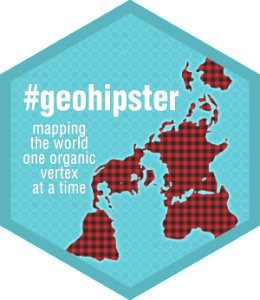Tag: Christina Boggs
-
13 maps in 13 days: Christina Boggs
Sending off the year 2015, we present to our readers the mapmakers who contributed their work to the 2015 GeoHipster calendar. *** Christina Boggs Q: Tell us about yourself. A: I’m an Engineering Geologist with the California Department of Water Resources in the Division of Integrated Regional Water Management’s North Central Region Office, in the…
-
Martin Isenburg: “May the FOSS be with LAZ”
Martin Isenburg received his MSc in 1999 from UBC in Vancouver, Canada, and his PhD in 2004 from UNC in Chapel Hill, USA — both in Computer Science. Currently he is an independent scientist, lecturer, and consultant. Martin has created a popular LiDAR processing software called LAStools that is widely used across industry, government agencies,…
-
Mano Marks: “The map is just a piece of what’s going on”
Mano Marks is a Staff Developer Advocate on the Google Developer Platform team. He works to help developers implement Google’s APIs in their applications. He has a Masters in History, and another in Information Management and Systems. His career has taken him from database management at non-profits, to keynote addresses at Google Developer Days around…
-
The 2015 GeoHipster Calendar is available for purchase
We are excited to announce that the first-ever GeoHipster wall calendar is ready for production. We thank all who submitted maps for the calendar, Christina Boggs and Carol Kraemer for co-originating the calendar idea, and Christina again for her ongoing assistance with logistics and curation. The 2015 GeoHipster Wall Calendar makes a great holiday gift…
